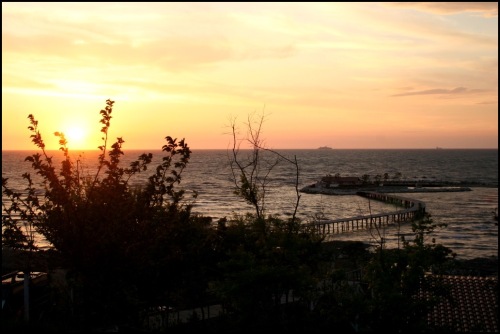Image courtesy of Unsplash
The New Nomad Life
When you can work anywhere in the world. When you look at a map to plan your next commute to the office. When your laptop and smartphone are your coworkers, you may just be a digital nomad. With the whole world as your workspace, you’re left with only one decision—-where should I go? Remote Control has a few ideas.
Rohnert Park, California
A ninety-minute drive north of San Francisco, Rohnert Park, in south Sonoma County has everything a digital nomad like you could ask for. It is business-friendly and has an educated workforce, good schools, and affordable rents. Rohnert Park has both apartments and long and short-term housing rentals that are significantly lower in price than most other California cities and towns. From vineyards to redwood trees, this section of California is a nature lover’s heaven. Outdoor recreation in the many state and national parks, upscale and moderate restaurants, easy transportation, widely available high-speed internet, and lots of local color make this town one of the top destinations for today’s digital nomad.
Chiang Mai, Thailand
This city is at the top of most lists in the digital nomad world. It’s got modern coworking spaces, a low cost of living, and lush jungle beauty with breathtaking temples. The cost of living in Chiang Mai is under a thousand dollars per month with rent. It’s a vibrant city and has all the amenities you could want. Culture Trip notes that Chiang Mai’s Old City is a popular place to live for many reasons, including the ability to travel the entire city by foot with restaurants, bars, and shopping easily accessible. Nimmanhaemin is where you’ll find most of your fellow digital nomads, the culture there is famous for Avante-Garde coffee shops, galleries, and some spectacular bars.
Playa Del Carmen, Mexico
Another city that consistently tops the list of best places for digital nomads, you’ll see very little of what you’d normally find in Mexico there. In fact, only a handful of people who live there were born in the country. With the Caribbean practically at your doorstep and a population of young professionals and artists, it offers all the comforts of home but with a far lower price tag. It has reliable and fast Wi-Fi and affordable coworking spaces. If you’re looking for a warm, beachy, upbeat city that’s affordable, this may be worth putting on your itinerary.
Miami, Florida
An international hub in one of the most beautiful, temperate, and lively cities in the US, Digital Nomad World points out that Miami is fast becoming a favorite for digital nomads from all over the globe. An above-average educated workforce of multilingual professionals and a diverse culture makes for an exciting mix of people to network with. Add in world-class restaurants and entertainment and it presents a very exciting place to live, too. North Miami offers more affordable housing than South Beach while still being close to beaches.
Digital Nomad Tips
Being a nomad doesn’t mean you aren’t still expected to follow the same business rules as more stationary entrepreneurs. If you structure your business as an LLC, your personal assets will be protected should your business finances fail. Appointing a registered agent as an LLC is strongly advised as they will receive all your legal documents while you may, at times, be out-of-pocket. First, learn how to start an LLC.
You’ll be constantly meeting new people and finding a place to print new business cards can be a hassle. Use a tool that allows you to create your own on the go. With the chance to choose how they look, you can create a design to suit your present surroundings with colors, fonts, and style. With loads of pre-made templates to choose from, you can create an elegant and attractive business card.
The digital nomad may be the wave of the future for the new way we do business, but finding a place to put down roots, no matter how temporary, is still an important need we all have.
About the Author (Sarah Noel)
Sarah Noel and her boyfriend, both left corporate jobs to work as freelancers, chasing balance between the work they loved and the life they wanted. They’ve taught themselves how to work smarter, not harder. They’ve committed to separating work and home so that they can enjoy both. Now, with TaylorandNoel.com, they’re sharing their best practices with other freelancers, in hopes they can do the same.








